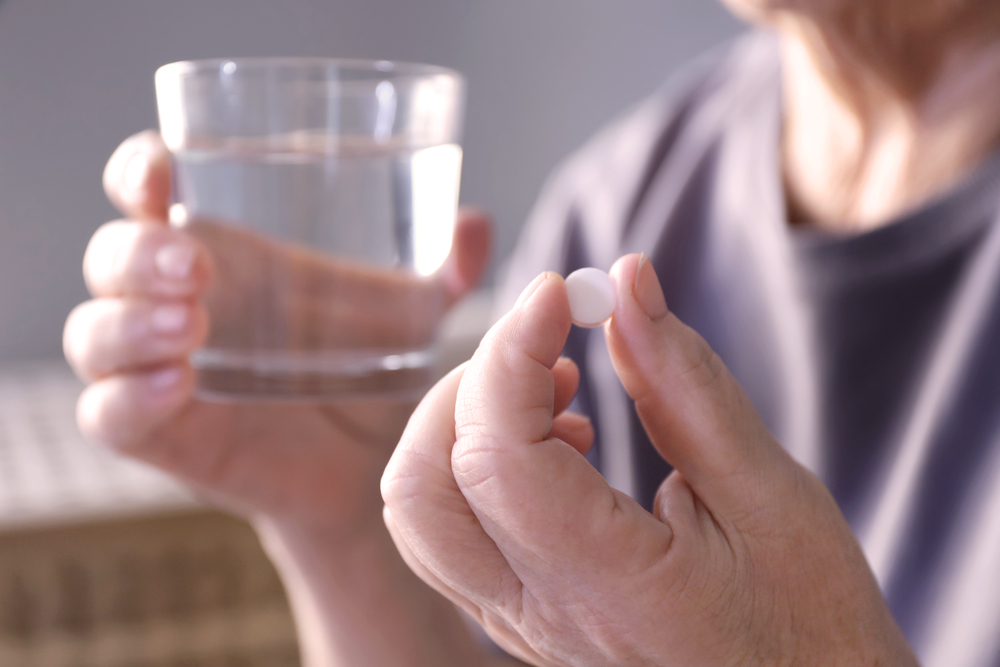
Written by Shae Iddles.
Have you ever wondered about what happens to a medication, like a painkiller, after you’ve swallowed it?
If you’re like me, you’ve probably just crossed your fingers and hoped that the painkiller worked…but how does it even know to kill your nasty headache? How does it get to where it needs to go in the first place?
Well, let’s break down it down.
The first stage of a medication’s life cycle is called absorption. This is when the medication travels through your body and is absorbed into your bloodstream after it has been administered. How quickly and how much of the medication is absorbed depends on the route of administration. For example, if you swallow a medication, the rate may be much slower compared to getting a vaccine in your arm, or receiving chemotherapy through a vein as the medication can enter the bloodstream directly.
Once a medication has been absorbed into your bloodstream, it can start to be carried throughout your body. This is the second stage, otherwise known as distribution. The delivery of a medication to the target site (a.k.a. that nasty headache), depends on your blood flow, your capillary permeability and the degree of binding to your blood and tissue proteins.
Once a medication has been distributed throughout your body and has completed its job (yay! the headache is gone), it will start the third stage, called metabolism. This is when a medication undergoes a chemical change that allows it to be more easily excreted from your body. This takes place mostly in your liver, or as I like to call it, your chemical processing plant. Enzymes work hard here to break up the medication so it can easily pass through in your urine.
Which leads us to the final stage of a medication's journey through your body, known as elimination. This is the time where you say thank you to the medication for making you feel better but also goodbye as it exits through the urine after being filtered through your kidneys.
This post was written by Shae Iddles. Shae is a digital marketer, blogger and also slightly obsessed with anything related to health.
These Stories on Medication Management
Suite 2 Level 7, 500 Bourke Street
Melbourne, Victoria 3000
Australia
Email us: support@medadvisor.com.au
MedAdvisor is an affiliate member of the World Pharmacy Council.
No Comments Yet
Let us know what you think